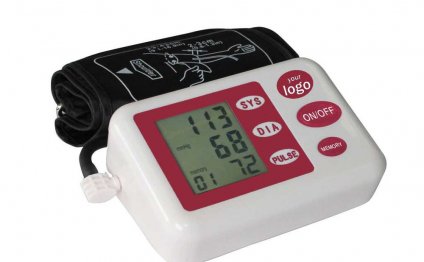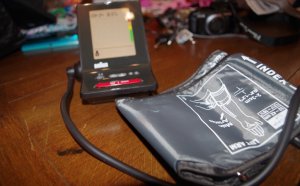
Blood pressure monitors South Africa
Accurate and regular BP monitoring is a cost-effective screening tool for the early identification and management of pre-eclampsia in pregnancy. In low- and middle- income countries (LMICs), pre-eclampsia is frequently under-detected not only because attendance for antenatal care is often low, but also, due to inadequate training in how to take accurate BP measurements, and insufficient, poorly functioning equipment. Firstly, training in the use of a cheap yet technically challenging method, the traditional sphygmomanometer is often lacking amongst health care workers staffing antenatal clinics.
Secondly, there is concern over the robustness and safety of these traditional devices (those containing mercury), while the next generation aneroid instruments are frequently inaccurate through calibration drift and ideally require six-monthly re-calibration to maintain accuracy.
Thirdly, the use of ‘manual’ BP devices such as these which require manual inflation, ausculatory skills and the observer recording the BP from a calibrated scale is associated with user-bias resulting in inaccurate measurement. This has been attributed to terminal digit preference, wrong Korrotkoff sound interpretation, threshold avoidance, and incorrect deflation speeds. Third generation BP devices which automatically inflate the cuff and provide a digital reading, whilst circumventing some of these issues, are also unsuited for use in LMICs as they depend on an expensive power supply to drive the automatic pump, or source of batteries and have poor resistance to shock and fluctuations in temperature; most are inaccurate and worryingly underestimate the BP in hypertensive pregnancy. In addition, for all devices, staff may not always be trained in the interpretation of the BP readings, especially in those settings where it is seldom taken due to lack of equipment.
Accurate BP measurement is not only vital for detecting and monitoring pre-eclampsia and other hypertensive disorders of pregnancy, but also other life threatening maternal conditions such as PPH (as well as intrapartum and antepartum haemorrhage) and sepsis. PPH, sepsis and pre-eclampsia are the leading direct causes of maternal death and morbidity in LMICs. Visual estimation of blood loss at PPH is often unreliable, as is the relationship of blood loss to maternal symptoms. Hypovolaemic shock may be complicated by anaemia, resulting in a greater degree of compromise related to blood loss. Furthermore some blood loss may be concelaedconcealed (e.g., g abruption).
Given that post partum haemorrhage (PPH) can lead to death kill within two hours, early recognition is essential. A community diagnosis of severe hypotension particularly associated with tachycardia (threshold values to be determined) rather than waiting until the woman is symptomatic or until the blood loss reaches a defined level, would quickly alert the community health care provider (cHCP) to severe maternal illness, and potentially prompt community-based initiation of treatment of the patient (e.g., intravenous (i.v.IV) fluids and antibiotics) and/or emergency transfer for definitive care.
Goal
The primary objective of the CRADLE project is to develop an accurate and tested low-cost solution to improve antenatal detection of pre-eclampsia, and hypotension associated with PPH and sepsis, by adapting existing tools for BP measurement for use by frontline health care providers working at a community level and in first-level clinics, who are best placed to both access pregnant women and initiate life-saving interventions. Equipping frontline health workers with novel technology such as this, as well as provision of basic training in its use, enhances their capabilities and performance. Once widely implemented in LMICs, the availability of BP measurements will facilitate referrals of high-risk women to secondary level centres and thereby has potential to improve pregnancy outcome for both the mother and infant.
Our research group had previously developed a BP device (Microlife 3AS1-2) specifically for use in LMICs. It can be manufactured at low cost (20, 000 cycles. We clinically validated this device for use in pregnancy (hypertension) in a low resource setting, and piloted its clinical use in a feasibility study in sub-Saharan Africa for detection of pre-eclampsia (Tanzania, Zambia and Zimbabwe). In the pre- and post-intervention study we demonstrated that the BP device was accurate, easy to use and acceptable to health workers in rural antenatal care clinics. The introduction of the device into peripheral clinics increased referrals from the community to hospital facility for suspected pre-eclampsia.
Anticipated Deliverables
RELATED VIDEO



Share this Post
Related posts
Upper Arm Blood pressure Monitors
Blood Pressure Monitor - Blood Pressure Arm Cuffs - Panasonic US
Read MoreBraun Blood pressure Monitors
Braun Healthy Heart provides convenient tools to track your blood pressure and take control of your heart health over time…
Read More











